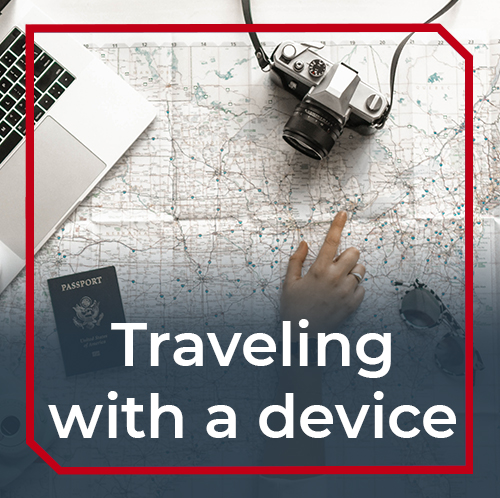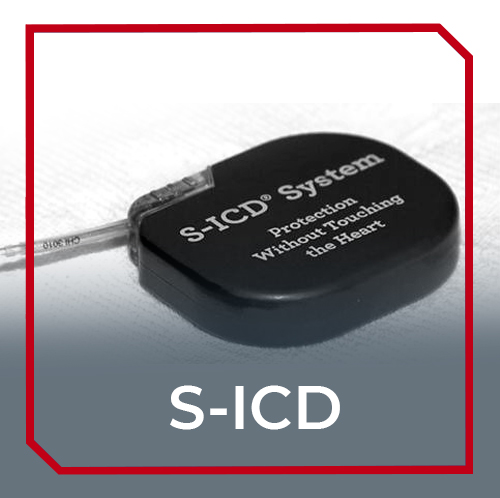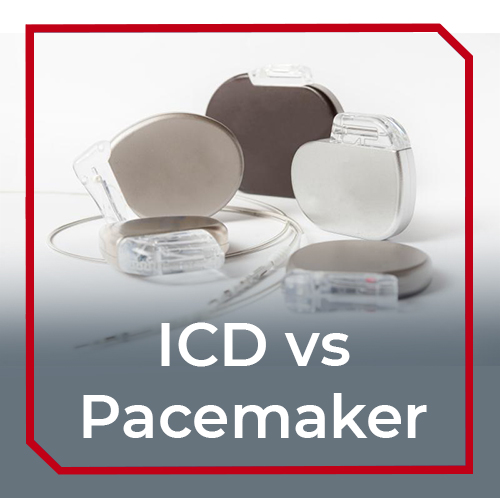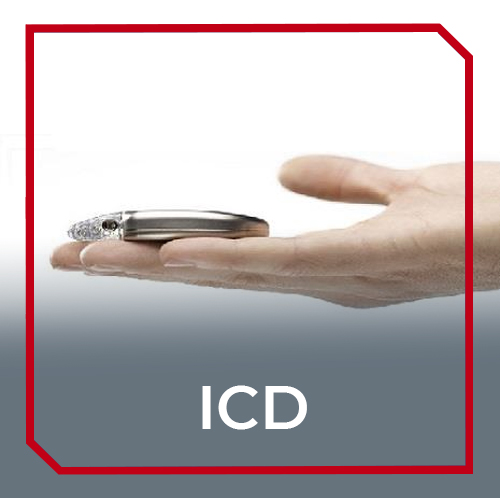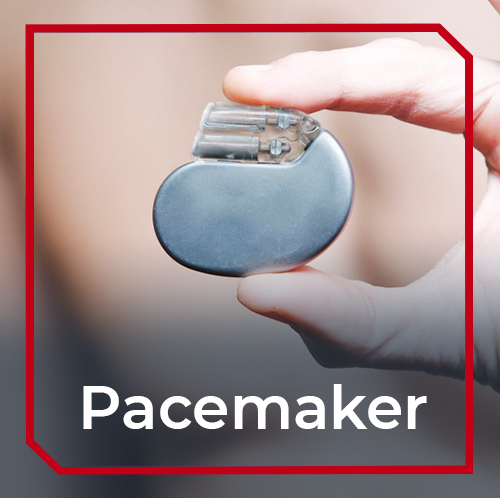Traveling with a medical device
Traveling with a medical device
Summer holidays are coming up, so we can imagine you might have some questions and concerns on traveling with a medical device. Especially when this is your first holiday since receiving your pacemaker, ICD, S-ICD or other device. In this blogpost we will hopefully answer all the questions you might have. If there is anything we haven’t touched on, don’t hesitate to let us know. Leave a comment or send us a message on our socials.
Preparation and important documents to bring along
Whether you’re going on a daytrip, a long weekend or a trip that takes multiple weeks, always make sure to carry a medical device ID card. This card contains all information about you, your device and your hospital.
Another useful item to bring is a card that explains about your pacemaker, ICD or S-ICD in the language of the country you’re traveling to. You can make this yourself by using google translate or asking someone you know to help you translate.
If you use medication you can ask your doctor or pharmacist for a list of all the medicines that have been prescribed to you. This list can serve as proof that you need them. You can find the specific rules on medication in your carry-on luggage on the website of your airline.
Lastly, many modern smartphones have the option to program ICE phone numbers. ICE stands for In Case of Emergency, and it enables other people to use your phone to make emergency calls when your screen is locked. Click here to see how this is done on an Android phone, or click here to learn how to set ICE contacts on an iPhone.
At the airport; detection gates
Contrary to what some people believe, the detection gates at airports will not harm your medical device in any way. The scanner will be able to show your pacemaker or other device, but it won’t have a negative influence on it. Make sure to carry your medical device ID card at all times, the airport security might ask you to show it. You can also choose to let the security staff know about your device before stepping through the gate.
Crowded places and public transport
Another thing to keep in mind is the risk of getting a bag or elbow to your pacemaker, ICD or S-ICD when traveling on the subway or attending popular festivities. While we can recommend you to travel outside of rush hour, you can’t always avoid crowded places. In these cases you can use protection for your medical device. These products are designed give you peace of mind and protect you from any possible pain and discomfort during your travels. Click here to check out our range of protection products.
Be realistic
Being a heart patient, you might not be able to do everything your company is planning on doing. Don’t dwell on the things you won’t be able to do. Instead, explore new activities that are both fun and responsible to do. Also keep in mind that you might need a break a few times throughout your holiday. Holidays are meant for relaxing, so don’t see this as a bad thing.
Talk to your doctor about your travel plans
Everyone is different, which makes it difficult to supply the correct information for each person’s specific situation. We advise you to talk to your doctor about your personal travel plans. They can advise you on traveling with a medical device without any trouble.
So in short, make sure to bring along:
- A medical ID card
- A card that explains your condition in the language of the country you are traveling to
- A list of all the medication that has been prescribed to you
- Set phone numbers in your ICE contacts
And keep in mind:
- Be realistic of what you can and can not do
- Be prepared to explain about your device at the airport
- Talk to your doctor about your specific travel plans
- Look at the possibilities of protective wear if you are planning on visiting crowded places.
The team at Vital Beat wishes you a great holiday!
Vital Beat offers special protection wear for you and your device. You can read more about these products by clicking the button below.

